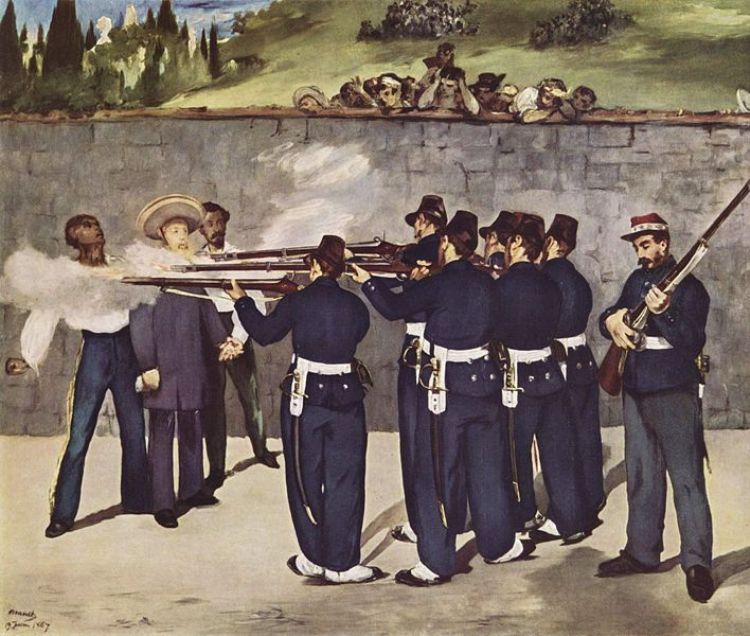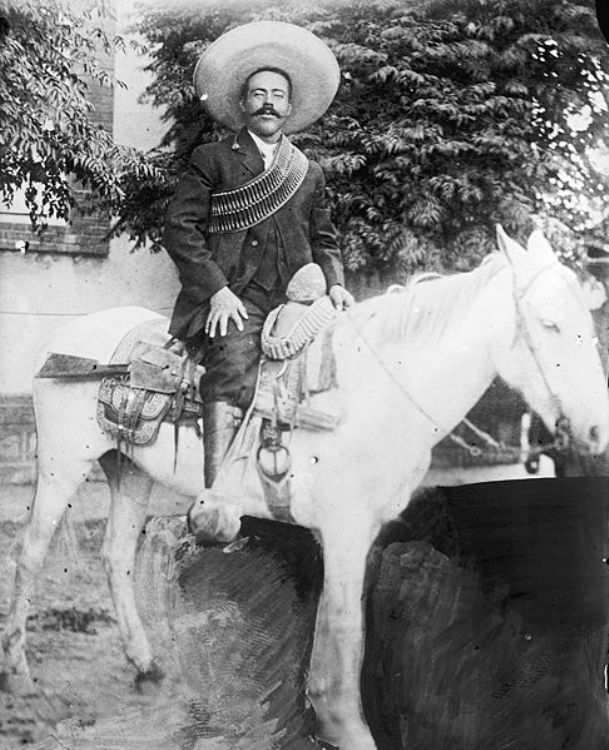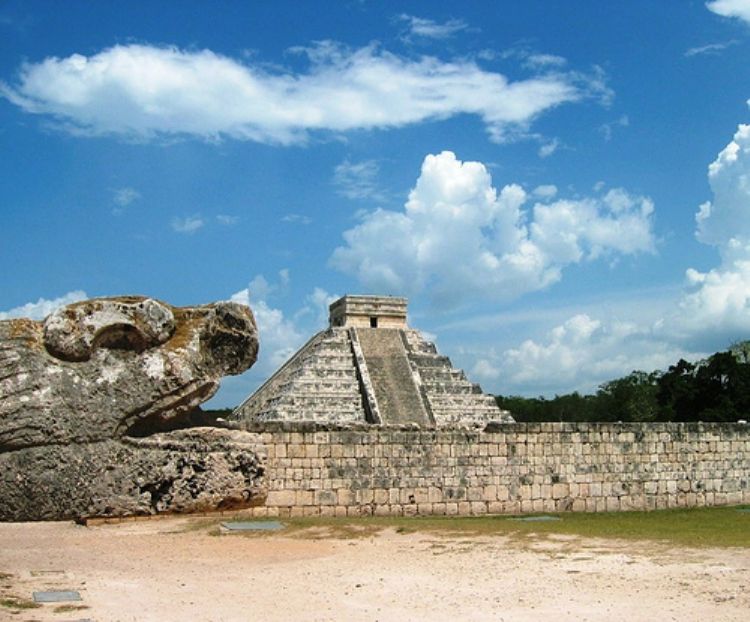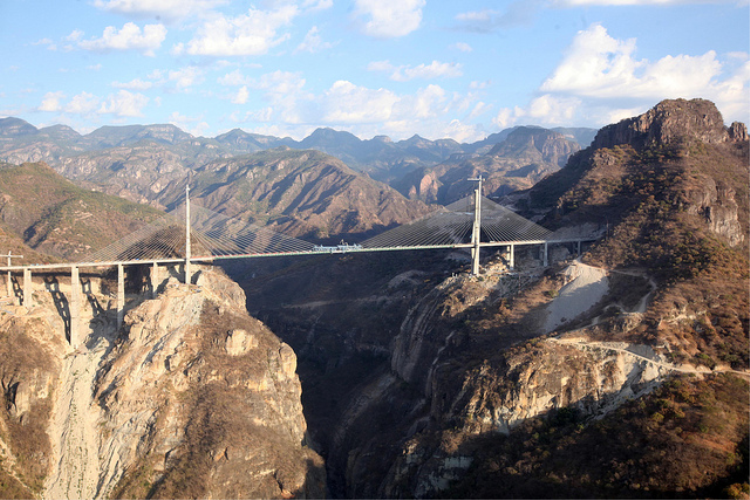The Haciendas in Yucatan Mexico
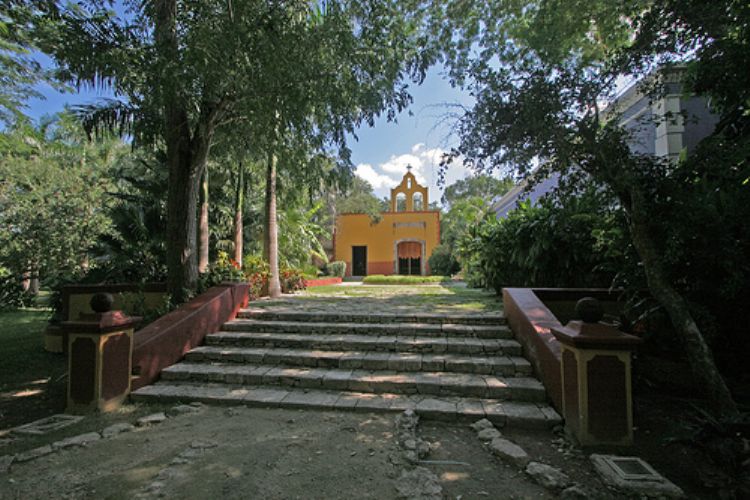
Hacienda is a word meaning wealth and it was the typical economic organization in the Spanish colonial system. By orders of the king, in 1529 land started to be granted to the Spanish residing in Mexico. The industries for which the haciendas formed depended on what could be produced locally.
The hacienda system was based on one owner, called hacendado, his family and social elite. The rest were workers, known as peones, who worked the land and donated a portion of their production to the hacendado. The Catholic Church, specially the Jesuit order, owned numerous haciendas in Mexico.
The enormous compounds possessed thousands of hectares and generated great fortunes. They were cities that people never had to leave and even had their own currency, engraved with the haciendaâs emblem.
In Yucatan, haciendas prospered around the henequen industry; henequen is original from this State. It is a plant that grows in arid areas and belongs to the agavaceae family. It has narrow, rigid and grayish leaves measuring 3 to 5 inches in width and 4 to 8 feet long with triangular thorns throughout their borders. The leaves grow around a trunk 6 to 9 feet in diameter and up to 6 feet in height. It lives for approximately twenty five years; the fiber is extracted from its trunk.
The Maya name for henequen is âelsoskilâ, the Mayas used its fiber for producing rope, hammocks, rugs, bags, clothing and other textiles. They also used the live plant for protecting their homes.
The henquen industrial scale production began after the War of the Castes in 1850. This war severely affected the regionâs agriculture and simultaneously, countries such as United States, France and England recognized this fiberâs usefulness and began importing it. The United States provided important financing to begin henequen production on a large scale.
Due to its rapid demand and despite the fact that Yucatan destined 400 thousand hectares to henequen, it couldnât suffice world demand. This translated into an accelerated raise in prices and colossally enriched its producers, who justifiably called it âthe green goldâ.
Mexicoâs henequen industry began declining in 1920 for many reasons. Brazil, Cuba, Haiti and Kenya began exporting fiber while the Mexican Revolution and its resulting agriculture reform divided the immense plantations among the farmers, production began to fail. During the 1970âs, the products of the petrochemical industry substituted natural fibers and with this, henequen demand disappeared.
The haciendas, once a symbol of splendor, are now abandoned or turned into tourism sites. Currently, many estates have been remodeled into luxury hotels and museums, conserving their Mexican esthetics and a calm environment. These hotel-hacienda-museum are ideal to learn about the history of colonial Mexico.
Antigua Hacienda de Yaxcopoil
Yaxcopoil is a Maya word meaning âplace of green Alamosâ. This hacienda lived Yucatanâs three great periods: prehispanic, colonial and the henequen boom at the end of XIX century. It is found within the municipality of Merida and is surrounded by old rural establishments. From the prehispanic era, in the area there are still Maya ruins of pyramidal structures.
During the XIX century, this hacienda had an extension of 11,000 hectares for livestock, as mentioned in diverse documents since 1703. When the henequen exploitation began, the immense property had its own transportation system by platforms pulled by mules, still used today. The majestic main house still preserves a European flair with its original furniture and the symbol of the two thousand livestock heads it once had. Currently, it is owned by Cervera family, who bought this hacienda in 1864 and is now a museum open to the public. Its buildings still show past wealth.
Hacienda de Teya
Hacienda San Idelfonso de Teya was founded in 1683 by doña Ildefonsa Antonia Marcos Bermejo Calderón y de la Helguera, wife of the Count of Miraflores. After having been dedicated to the livestock industry, in the XIX century it transformed into one of the most important henequen haciendas. Family Cardenas Sosa purchased it in 1974, after it had been completely abandoned and in ruins. It began restoration in 1987 and is now a splendid place with an excellent restaurant and it is rented for events.
Hacienda San Antonio Curul
Hacienda San Antonio Curul is one of the oldest in Yucatan; there are references of it since 1626. Inside it there is a Cenote, natural fresh water formation, and stones sculpted by the Maya. In its halls an inscription read: âOn June 1795 these halls were concluded while its owner was Colonel Lieutenant of the Royal Army Don Diego Antonio de Azevedoâ who was the Sergeant Mayor of Merida. The last person to purchase it was Engineer Eric Rubio Ancona and is now property of his four children. As so many others of its era, it reached its greatest splendor with the henequen industry. This beautiful hacienda is perfectly preserved and open to the public.
Hacienda Santa Rosa
This hacienda was founded in the XVIII century and lived the transition between the end of the henequen industry and the beginning of aloe vera production. Currently, it is a world category hotel near Maya archeological sites.
Hacienda Temozón
Temozón is a Maya word meaning âwhirlwindâ. Its first owner was Diego de Mendoza in 1665, one of the first Spanish conquerors. During that epoch, this hacienda was dedicated to livestock and by mid-17th century it became a corn producer. In the XIX century it participated in the great economic boom of the henequen industry and was the regionâs greatest producer. After this industryâs decline, Hacienda Temozón changed owners a few times and was finally purchased in 1996 by Grupo Plan, it is now a wonderful luxury hotel.
Hacienda San José
This hacienda was constructed at the end of the XVIII century; after having been a corn, livestock and sugar producer, it was one of the last to join the henequen industry. In 1993, Grupo Plan purchased and restored it, turning it into a luxury hotel.
Hacienda San José Cholul
This hacienda became a 15 room hotel, nominated by Condé Nast Magazine as one of the worldâs best. Its remodeling from hacienda to hotel was done with a strict respect to its colonial style. It is located in the municipality of Tixcocob, 33 kilometers from Merida.
Hacienda Dzoyaxché
This hacienda is part of the Cuxtal Ecological Reserve, where other six former haciendas are located. Among its abundant fauna there are deer, armadillos, reptiles and diverse bird species. Some of the activities it offers are truck rides around its premises, a pond for swimming, visits to a Cenote and a camping site.
Hacienda Eknakán
Eknakán means âthe snakeâs dark houseâ or âthe four dark housesâ. This important hacienda was constructed with the goal of someday turning it into the townâs church. Its chapel exhibits an image of Saint Francis with marks from the Jesus crucifixion. Its gothic architecture with numerous multicolored stained-glass windows now functions as a museum.
Hacienda Kankabchén
Kancabchén means âred earth wellâ in Maya. This hacienda was constructed in 1890 and was dedicated to the livestock and henequen industry. It was rescued from abandonment more than 15 years ago and transformed into an ecotourism and social project, showing the traditions of Yucatan. Its facilities offer tours and is rented for events. Cock fights are carried out in its palenque. Its particular attraction is the zoo, hosting 50 species of birds, mammals and reptiles. It is located in the municipality of Baca, 22 kilometers from Merida.
Hacienda San Pedro Ochil
This hacienda dates back to the XVII century; it was built during the viceroyalty among Maya ruins. It is located in the municipality of Abalá or âthe place of plumsâ, prehispanic region. Visitors can tour through its buildings of neoclassic and morisco styles.
Artículo Producido por el Equipo Editorial Explorando México.
Copyright Explorando México, Todos los Derechos Reservados.
Foto: Exfordy Ver Licencia y Derechos de Autor

